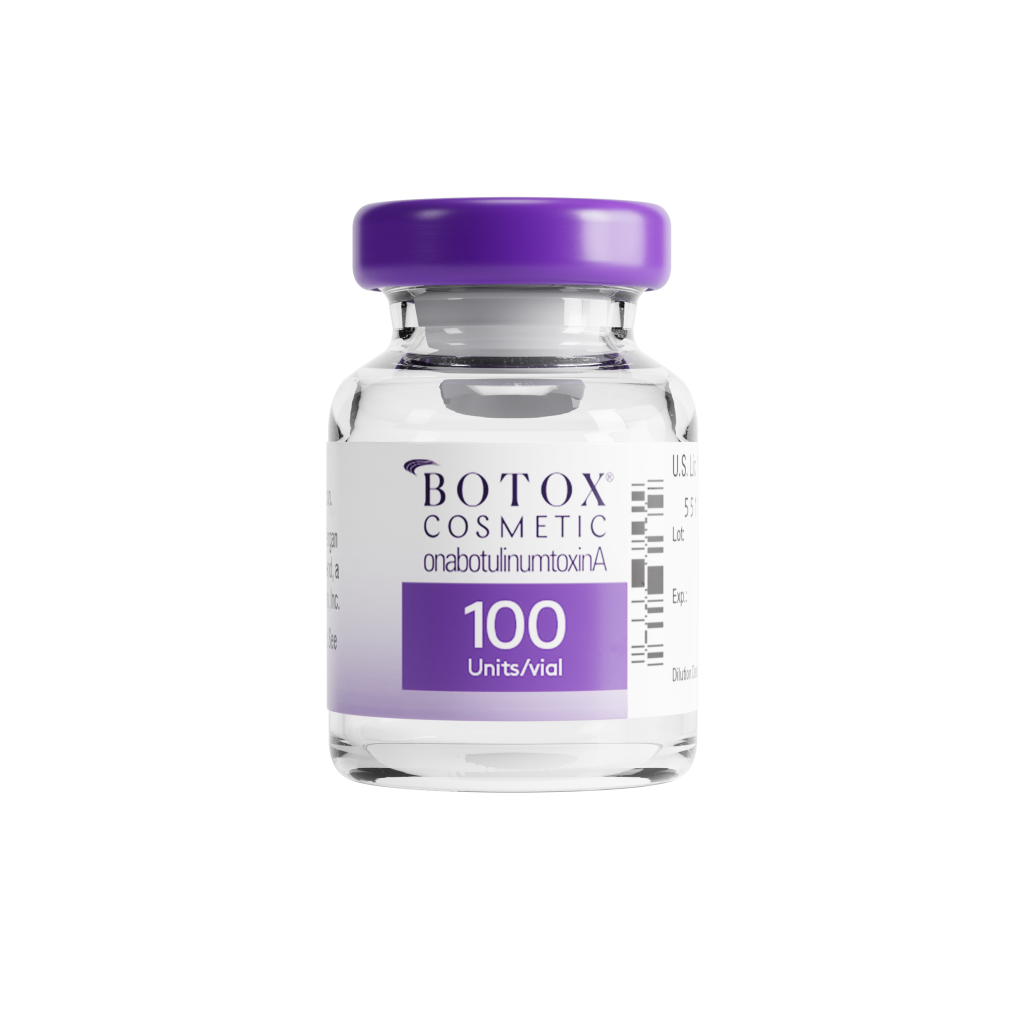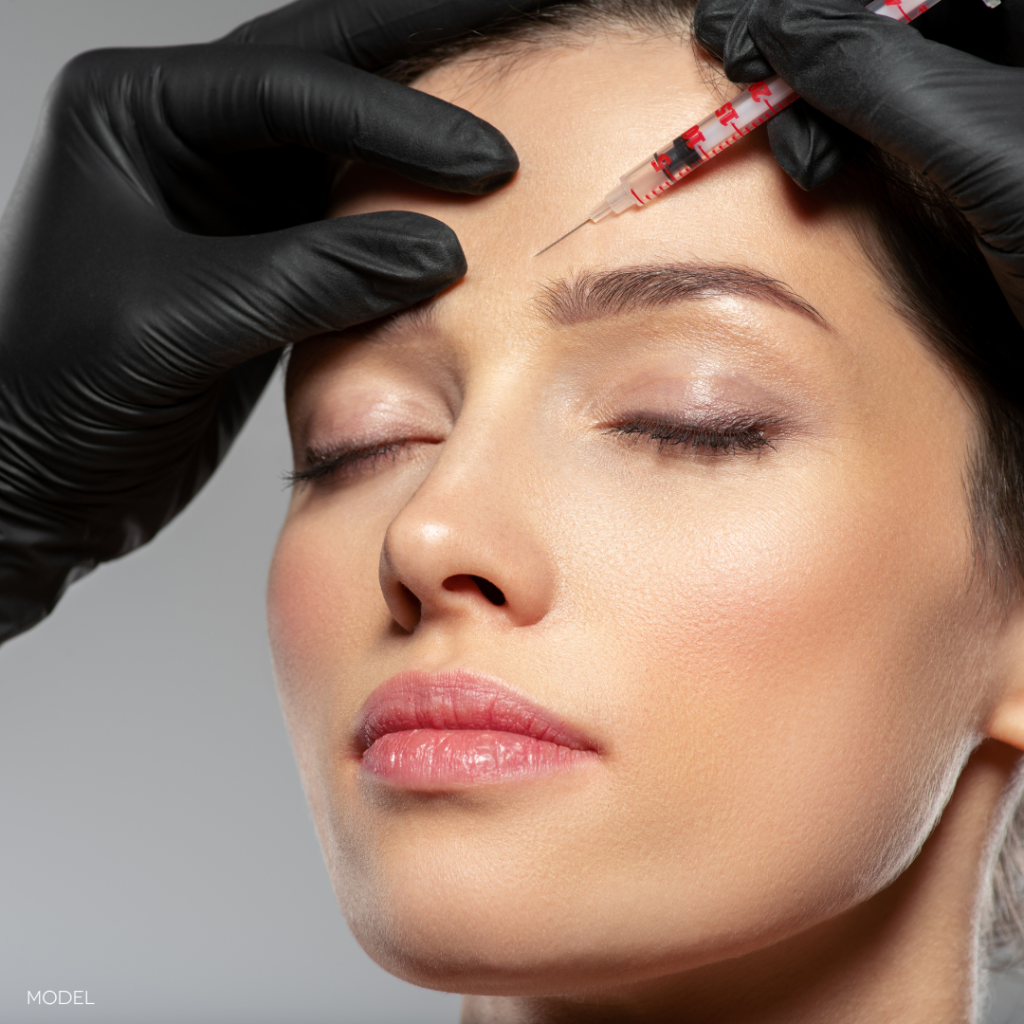Botox® is one of the most popular non-surgical cosmetic treatments used to reduce the appearance of wrinkles and fine lines. With its ability to deliver noticeable yet natural-looking results, it’s no surprise that Botox has become a go-to for many individuals looking to rejuvenate their skin. But how does Botox work, and how long can you expect the results to last? Read below for more information about Botox and what you can anticipate from the treatment.

How Does Botox Work?
Botox is a neuromodulator made from a purified form of botulinum toxin type A. When injected into targeted muscles, Botox temporarily blocks nerve signals that cause these muscles to contract. Wrinkles, particularly dynamic wrinkles, are often caused by repetitive muscle movements over time—like smiling, frowning, or squinting. These repeated expressions create lines in the skin, particularly in areas like the forehead, around the eyes (crow’s feet), and between the eyebrows (frown lines).
By relaxing the underlying muscles, Botox smooths out the overlying skin, reducing the visibility of wrinkles and preventing new ones from forming. It’s important to note that Botox doesn’t fill in the lines like dermal fillers; rather, it prevents the creasing of the skin by targeting the cause—muscle contractions.
The Treatment Process
The Botox injection process is relatively quick and simple. After a consultation with one of our physicians, small amounts of Botox are injected into the specific muscles responsible for wrinkle formation. The procedure typically takes only 10 to 20 minutes and is minimally invasive, with no need for a local anesthetic.
When Will You See Results?
One of the questions many first-time Botox patients ask is, “How soon will I see results?” The effects of Botox injections aren’t immediate. While some patients may notice subtle changes within a few days, full results typically become visible within 7 to 14 days after treatment. This gradual onset is due to how Botox affects muscle activity over time.
How Long Do Results Typically Last?
While Botox is highly effective at reducing wrinkles, the results are temporary. On average, the effects last about 3 to 4 months. Over time, the treated muscles gradually regain their ability to contract, and wrinkles may begin to reappear. Some factors that influence the longevity of Botox results include:
- Metabolism: Each person metabolizes Botox at a slightly different rate, so the duration of results can vary.
- Treatment Area: Areas with more movement, such as around the mouth, may see Botox wearing off faster than in areas with less muscle activity.
- Frequency of Injections: Regular Botox treatments can sometimes extend the duration of results, as the muscles may become “trained” to relax more over time.
Maintaining Results
To maintain the smooth, youthful appearance that Botox provides, most patients schedule follow-up treatments every 3 to 4 months. If treatments are spaced too far apart, muscles will return to their normal function, and wrinkles will reemerge. Many individuals choose to make Botox part of their regular beauty routine to ensure consistent, long-term results.
Is Botox Right for You?
Botox is an excellent option for those looking to reduce dynamic wrinkles caused by facial expressions. Whether you’re new to Botox or a regular patient, knowing how it works and how long the effects last can help you achieve optimal results and confidently maintain a youthful appearance. It’s important to consult with one of our experienced physicians to discuss your concerns and determine if Botox is the best treatment for your specific needs.
Did You Know?
We offer a variety of neurotoxin products to fit the needs of every patient, including Xeomin® and Dysport®. At your consultation appointment, ask your physician about which product may be right for you.
To learn more, contact our office to speak to a Patient Consultant and schedule a personal consultation.




Leave a Reply